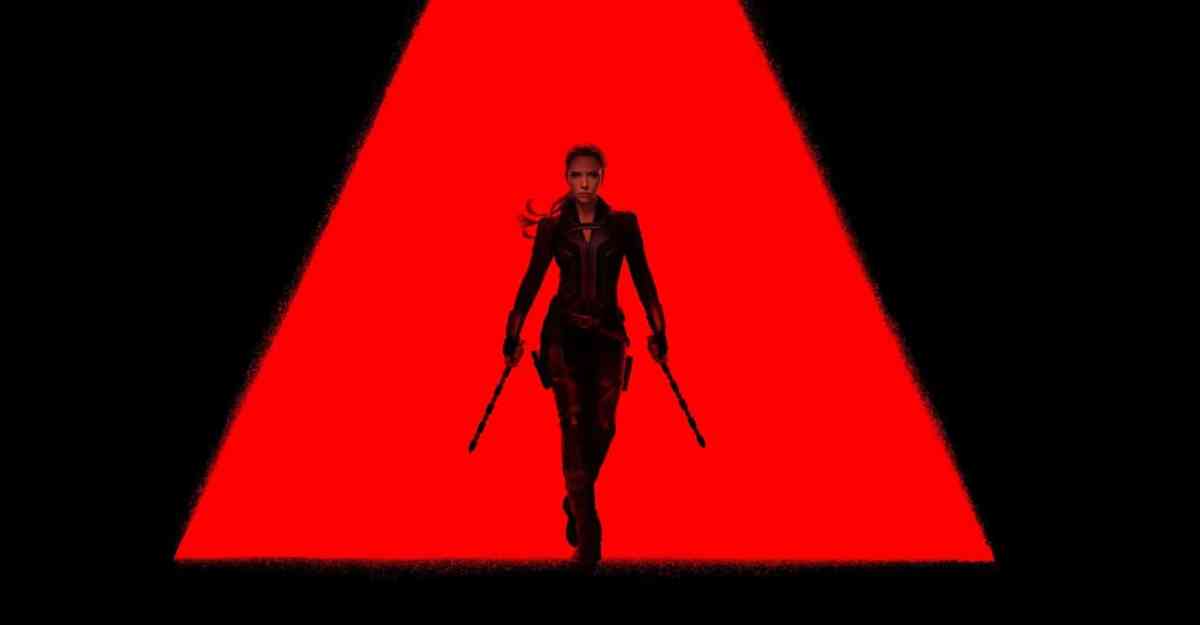
It’s been almost twenty years now since I first picked up a Magic: the Gathering booster pack, and roughly the same time since I first played a Blizzard game. I started with Ice Age for Magic, and WarCraft II from Blizzard’s burgeoning stable of games, both circa 1995. Almost two decades later I’m still playing Magic avidly, I wrote The Escapist‘s Hexproof column on Magic for nearly a year, and you’ll rarely find an evening in my household that doesn’t involve one Blizzard game or another. Naturally, when I first heard about Hearthstone I was cautiously excited. It’s a virtual card game developed by one of my longest-standing favorites in gaming. I love card games, and I love Blizzard, so there was no way they could go wrong conceptually, but nearly twenty years of Magic knock-offs have trained me to be a little wary. When I got into the Hearthstone beta and got a few games in, I realized that this wasn’t trying to be, much less beat Magic. Hearthstone is certainly no Magic: the Gathering, but I love it all the same.
Hearthstone is a much simpler game than Magic. Just look at Magic‘s Comprehensive Rules. It’s almost 200 pages of legal-style documentation, describing practically every imaginable interaction between over ten thousand different cards.. Magic has had 20 years to evolve, and has grown wildly complicated since its creation. Hearthstone, on the other hand, is brand new, and has only very simple rules and abilities, and a very limited selection of cards to choose from – just shy of 500 cards, according to this Hearthstone wiki. Let’s talk about some of the distinctions, those things that make Hearthstone simpler than Magic, and hence more accessible to a wider audience.
Instants and Secrets
Magic: the Gathering allows players to respond to an opponent’s actions during their turn via Instant spells, and instant-speed abilities. [mtg_card=Counterspell] is a great example of a truly reactive spell. You hold your counter in hand, keep mana available during your opponent’s turn, and whenever they try to cast the game-winning spell, you counter it and interrupt their game plan. It’s simple, yet effective. It allows for bluffing when you don’t have the counterspell in hand, but leave the mana open to represent a counter. Playing spells and abilities on your opponent’s turn adds a new layer of strategic depth to Magic which simply doesn’t exist in Hearthstone.
Secrets in Hearthstone are the only way to interact with your opponent on their turn. You cast a Secret during your turn, like Mirror Entity, which copies the next minion your opponent summons. It’s a clever implementation, certainly, but it lacks the complexity of strategy that Instants offer Magic. You can never bluff a Secret. Either you cast it or you don’t. You can play around Secrets the same way you play around Counterspells, so I’m not suggesting that it lacks strategy, only that it’s less intensive thinking and planning.
The benefit of the Secret approach is that playing across from a Control deck in Magic can be endlessly frustrating. When the opponent is countering every spell you try to cast, the game gets dull very fast. This can drive newer players away, and make for very long, very boring games of Magic at the casual and competitive level. Hearthstone‘s implementation of Secrets keeps the game moving along steadily. I’ve never found myself locked out of a game of Hearthstone because of Secrets. So, while Secrets require a bit less strategy to play with, they keep the game interesting and accessible to new players.

Blocking and Taunt
Hearthstone and Magic both have creatures and combat, but the implementation is so different that they’re hardly even comparable. In Magic, you attack the player or a Planeswalker with your creatures, and your opponent chooses when and how to block. In Hearthstone, however, you get to attack the player or a minion of your choice with each creature. Additionally, damage on creatures is cleared at the end of every turn in Magic, but damage persists in Hearthstone.
The differences are once again a matter of simplifying the game. Hearthstone doesn’t want you to be active during the opponent’s turn. It wants you to play your turn, then forfeit control until your next turn. It’s simpler that way. It’s more accessible to new players, because you don’t have to be constantly paying attention to what’s going on. You can go grab a snack during your opponent’s turn, and have an acceptable understanding of what happened by looking at the game state when you return.
Hearthstone offers the Taunt ability as the only way to control what’s happening with combat during your opponent’s turn. A Minion with Taunt must be destroyed before you can attack any other Minion or the player. On the other hand, Magic‘s combat offers a plethora of tricks and abilities, such as evasion abilities like Flying, combat abilities like First Strike, and Instant spells like [mtg_card=Doom Blade], which allow you to play to your strengths in deck building and combat. Correctly timing when to play your Doom Blade in Magic can result in absolute blowouts in combat and, likewise, a well-timed Polymorph in Hearthstone can spell the end for an unprepared player.
Each game’s combat offers something unique, and I won’t say that one is superior to the other for having fun, but Magic‘s combat requires more thought in deck building, as well as during matches If you’re looking for a more in-depth strategic experience, Magic‘s combat system will offer that, but if you want to be able to pick up the game and know what you’re doing immediately, without having to wade through dozens of abilities and rules text, Hearthstone is the place to be.
Trading and Crafting
The last of the largest differences between Magic and Hearthstone lies in how you acquire cards. Both games utilize the random Booster Pack system, where you can purchase a pack of random cards with at least one guaranteed Rare card. Beyond that, though, the differences between Hearthstone as a CCG and Magic as a TCG really become clear. Magic was a pioneer in the TCG field, and trading cards with other players is very much the bread and butter of the Magic community. To my knowledge, Blizzard has no intention of implementing trading in Hearthstone, making it a Collectible Card Game instead, but they do one better than trading: Crafting.
Hearthstone‘s innovative Crafting system is near perfect as a means to acquire the cards you want, at the cost of cards you don’t. You can Disenchant cards that you don’t need or want, which nets you some Dust. You can use the Dust to create any card in the game, with costs being dependent on the rarity of the card. Magic‘s secondary market is really dependent on the competitive metagame, so 80% of Rare cards in most sets are completely worthless, while the other 20% have an inflated value. This means that if you want to trade cards, you should be prepared to trade many, many lower-value rares for a single card. In Hearthstone, however, the cards are equalized. You get the same amount of Dust from disenchanting any rare, as compared to any other rare. It costs the same amount to craft any rare as any other rare. It’s a simple, yet brilliant setup which makes the game even more accessible to newer players. Don’t play the Warrior class? Disenchant your Warrior cards, and craft cards for your Shaman deck. It’s simple, easy, and effective.
Ultimately, Hearthstone doesn’t want to be Magic. It appeals to an entirely different audience. I’m sure there will be people who play Hearthstone competitively, but I don’t anticipate that its metagame will ever be as complex as Magic‘s competitive meta. If you want a long-term hobby, something to occupy your mind and keep you thinking, planning, and strategizing, you’re definitely a Magic player. If you want a fun distraction that will keep you entertained for hours on end without the financial and intellectual commitment, Hearthstone will be right up your alley. Of course, they’re not mutually exclusive, so if you’re anything like me, you’ll probably just end up playing both games regularly.


